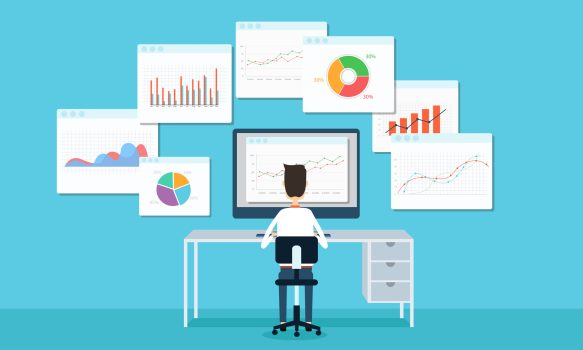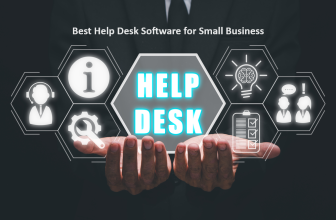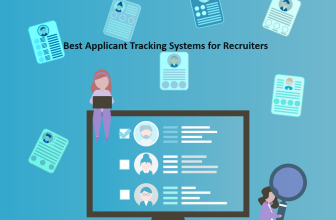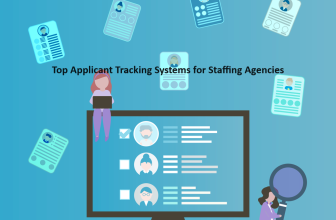Tableau is a Business Intelligence(BI) tool that offers visualization of data through graphs, charts, maps, and dashboards to help analyze it and use it for business operations. It’s costs range from $15 to $70 a month per user for organizations, and $70 a month for individuals.
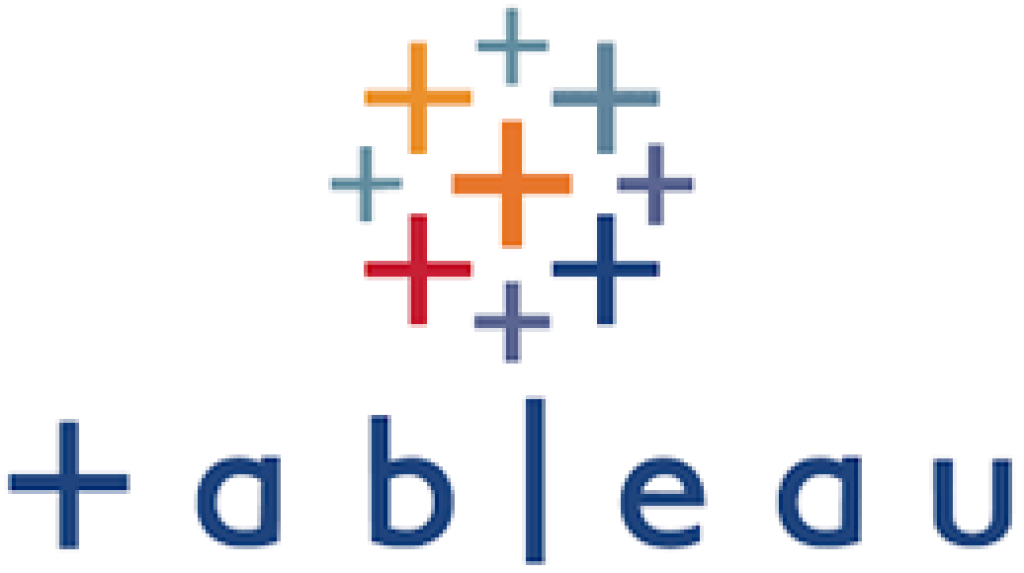
What we cover
Why Use Tableau Alternatives?
Tableau is a great Business Intelligence software; it is easy to use and offers a lot of visualization options. However, it is expensive and there aren’t any meaningful subscription tiers.
When looking for a Business Intelligence software, it is important to look at the features that it offers. Is it intuitive? Can it process large amounts of data without a hitch? Are there plenty of visualization features? Are there third-party integrations? Is it cost-efficient? These are the questions that need to be answered when looking for a Business Intelligence tool.
PROS
- Intuitive – Tableau is easy to use an very intuitive when it comes to creating graphics even for people with no experience.
- Stable – Tableau runs fast even when processing big data.
- Plenty of data source options – Tableau integrates with popular data sources such as SAP, HADOOP, and DB technologies.
- Active community – It is very easy to get help with Tableau since it has an active forum and a large community.
CONS
- Expensive – If you want to fully utilize Tableau, the entry price is $70 a month.
- Poor customer support – Tableau provides very poor customer support, so you may find yourself finding answers from the forums instead.
- Rigid pricing – Tableau’s pricing is not tiered for individuals so users might need to pay for features that they don’t need.
Summary of Alternatives
| BI TOOL | PROS | CONS |
| TABLEAU | – Intuitive – Stable – Plenty of data source options – Active Community | – Expensive – Poor customer support – Rigid pricing |
| QLIK SENSE | – Great out-of-the-box features – Responsive – Intuitive interface | – Additional features are offered as add-ons – No active community – Limited color scheme |
| POWER BI | – Inexpensive – Constant updates – Plenty of data connector options – Easy to learn – Active community | – Compatibility issues with Mac – Lack of collaboration tools – Process heavy |
| ORACLE ANALYTICS CLOUD | – Easy to use – Great customer support – AI-powered – Easy to import data | – Limited options for dashboards and graphs – Slows down due to traffic – Expensive |
| SISENSE | – Easy to learn – Very fast platform – Great customer support – Unlimited customization options | – Pricing information not readily available – Can get very expensive – Mobile version needs improvement |
| MICROSTRATEGY ANALYTICS | – Intuitive interface – Collaboration features – Stable and reliable | – Expensive – Steep learning curve – Old-fashioned design |
| GOODDATA | – Easy database integration – Active Community – User-friendly – Powerful and customizable dashboards | – Expensive – Steep learning curve – Lack of documentation |
| INSIGHTSQUARED | – Powerful insights – Easy to use – Great customer support | – Not real-time – Expensive |
1. Qlik Sense
Qlik Sense is a Business Intelligence and visual analytics software that is used to fully control an organization’s data. Qlik Sense offers interactive dashboards, embedded analytics, mobile features, and visualization features.
Qlik Sense costs $30 a month, or a quoted price depending on the size of your organization.
LINK: https://www.qlik.com/us/
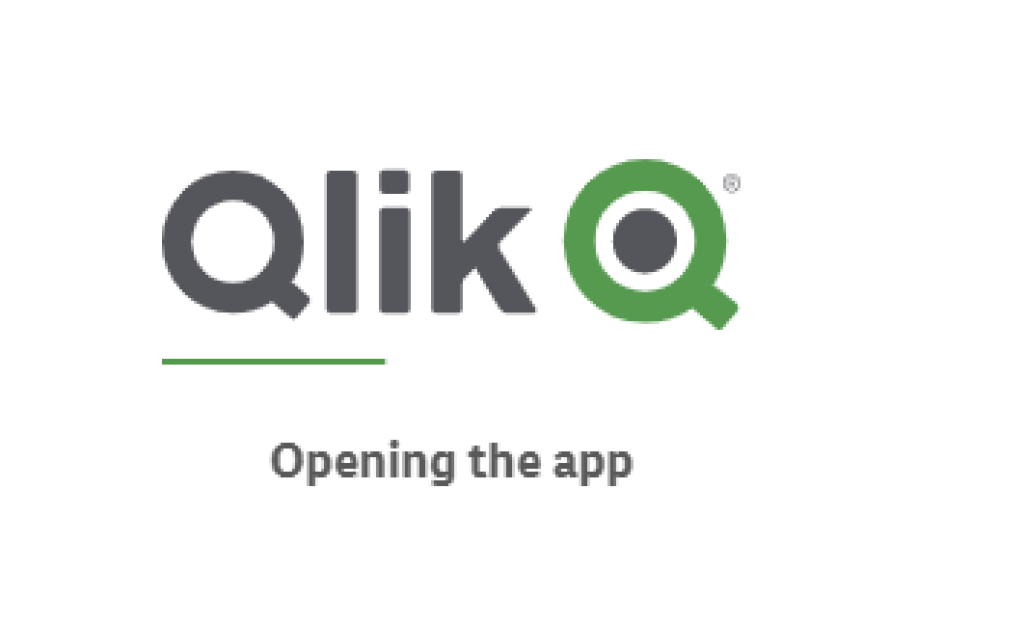
PROS
- Great out-of-the-box features – Qlik sense offers a lot of features that are beyond what competitors offer at a certain price point.
- Responsive – Qlik sense doesn’t slow down even when processing large amounts of data
- Intuitive interface – Qlik sense’s interface is very intuitive and easy to use.
CONS
- Additional features are offered as add-ons – Instead of offering some features within the package, it is offered as an additional cost to your already existing package.
- No active community – Qlik Sense does not have an external community to get help from.
- Limited color scheme – There is only a limited amount of options when selecting color schemes for graphs and charts.
2. Power BI
Microsoft Power BI is yet another Business Intelligence software and data visualization tool. It is a powerful platform with plenty of features and a user-friendly interface. Power BI can be integrated to 74 data source connectors which is one of the best among its competitors. Power BI can also integrate big data to its web service, which makes it easy for users to share data between the organization.
Microsoft Power BI costs $13.70 a month for the pro plan and $27.50 a month for the premium plan. It also offers a “per capacity” subscription that starts from $6,858.10 a month for organizations. Power BI also offers a 60-day free trial period if you want to test the software.
LINK: https://powerbi.microsoft.com/en-us/
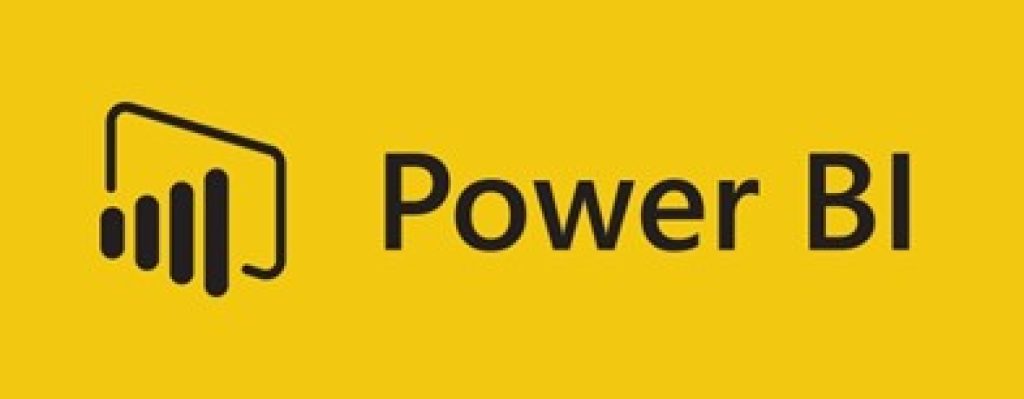
PROS
- Inexpensive – Power BI’s subscriptions are cheaper compared to other competitors and offers competitive features.
- Constant updates – The software gets updated often and pushes out new features and bug fixes regularly.
- Plenty of data connector options – Power BI can be integrated to 74 data source connections, which is a lot more compared to its competitors.
- Easy to learn – Power BI offers training videos to easily learn the product.
- Active community – Power BI has a large user community to easily share information and get help.
CONS
- Compatibility issues with Mac – The desktop version does not work on Mac computers.
- Lack of collaboration tools – Multiple users cannot collaborate using the same file.
- Process heavy – Power BI takes a lot of computer resources and tend to slow down when processing a huge amount of data.
3. Oracle Analytics Cloud
Oracle Analytics Cloud is a Data Visualization and Business Intelligence tool that allows organizations to incorporate AI and machine learning capabilities to their applications. It offers a robust selection of analytics, reporting, and visualization features. It helps businesses get a clear understanding of their data as well as trends, forecasts, and predictions.
Oracle Analytics Cloud costs $16 a month for the professional subscription and $80 for the enterprise subscription.
LINK: https://www.oracle.com/business-analytics/
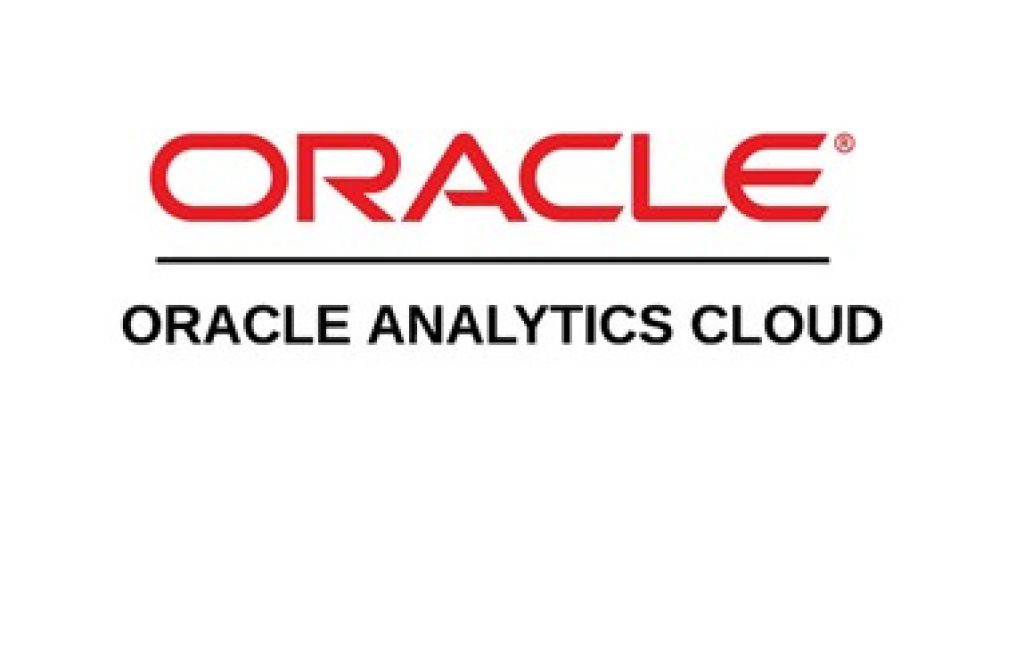
PROS
- Easy to use – The platform is intuitive and simple to use.
- Great customer support – Customer support is fast, efficient and accessible.
- AI-powered – Artificial intelligence and machine learning help analyze the data and makes the decision making easier.
- Easy to import data – Oracle Analytics Cloud can take data from most sources and databases.
CONS
- Limited options for dashboards and graphs – OAC does not provide much of an option when it comes to dashboard and graphs design.
- Slows down due to traffic – When the number of concurrent users is high or there is too much traffic, OAC tends to slow down.
- Expensive – OAC can be more expensive than its competitors.
4. Sisense
Sisense is an AI-driven Business Intelligence software that is used to analyze and simplify complex data and represent it visually with meaningful insights to help with the decision making of businesses. It offers access to unlimited dashboards that can easily be shared with others and integration with plenty of data sources.
Sisense do not offer fixed prices and you need to ask them for a quote depending on your business needs.
LINK: https://www.sisense.com/
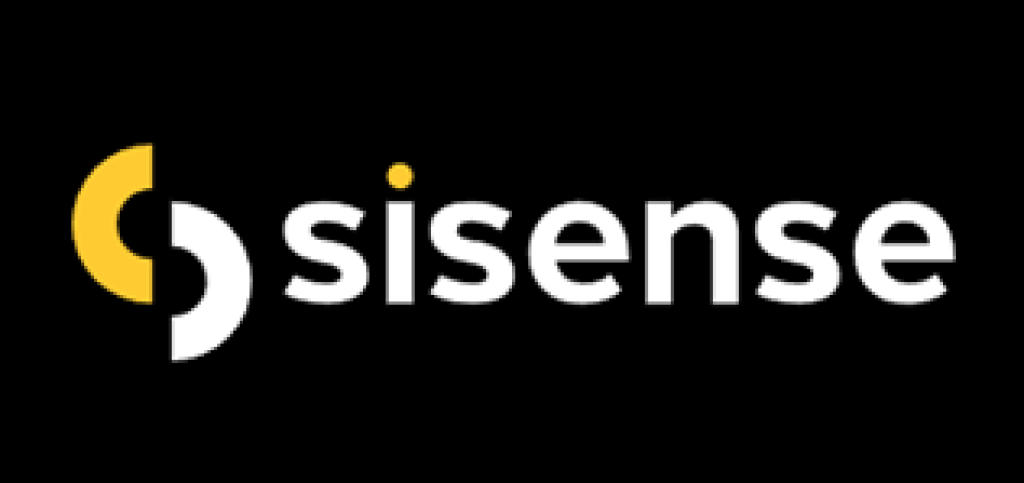
PROS
- Easy to learn – Sisense has a very intuitive user interface that can easily be learned even without experience.
- Very fast platform – Due to its architecture, Sisense is one of the fastest BI platforms among its competitors.
- Great customer support – Customer service is efficient and helpful.
- Unlimited customization options – With the help of Javascript, you can easily modify any functionality. Sisense also offers beautiful visualization features.
CONS
- Pricing information not readily available- You need to contact Sisense to get a quote for its pricing.
- Can get very expensive – Licenses can get very expensive depending on your business needs.
- Mobile version needs improvement – The mobile version is not as good as the desktop version as it is not easy to share dashboards with other users.
5. Microstrategy Analytics
Microstrategy Analytics is a cloud-based and on-premise Business Intelligence platform used for data analysis and visualization. Microstrategy offers features such as real-time dashboards, customized reporting, mobile analytics, visualization tools and many more. Microstrategy’s unique feature is called HyperIntelligence: this feature embeds analytics, suggestions, and recommended actions to every application within an organization.
Pricing needs to be requested directly from Microstrategy as it depends on your business needs.
LINK: https://www.microstrategy.com/en
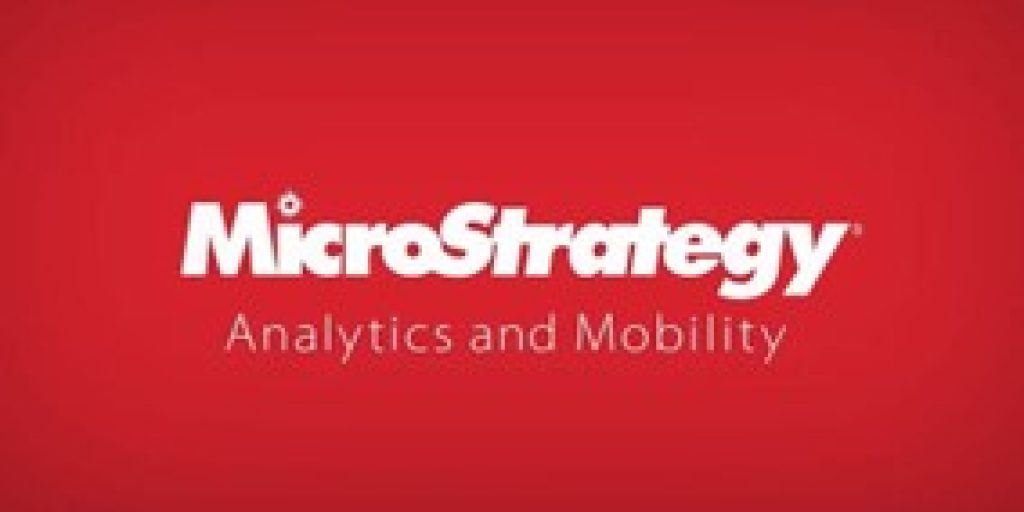
PROS
- Intuitive interface – Microstrategy allows you to easily transform large amounts of data into meaningful and intuitive dashboards.
- Collaboration features – It is quick and easy to pull data and share it with other users or departments no matter how complex the data is.
- Stable and reliable – Microstrategy Analytics can process mountains of data without any performance loss.
CONS
- Expensive – License for this software is a lot more expensive compared to other competitors.
- Steep learning curve- It takes some time to learn the application and you have to take courses to completely get familiarized.
- Old-fashioned design – Microstrategy’s interface could look dated for some users.
6. GoodData
GoodData is a powerful Business Intelligence platform used to manage and automate analytics at any business scale. It is a highly scalable platform that has plenty of data integration options, high level of security, and powerful analytics tools. The platform can be connected to any application, data platform, and other visualization tools to deliver consistent data analytics real-time.
GoodData offers a 30-day free trial, and only offers quoted pricing.
LINK: https://www.gooddata.com/

PROS
- Easy database integration – GoodData has plenty of data integration options and can virtually be connected to any data source.
- Active Community- GoodData has a very active and supportive Slack group where you can get answers from.
- User-friendly – GoodData’s interface is very intuitive and straightforward.
- Powerful and customizable dashboards – GoodData offers a lot of meaningful customization features that can be used to analyze and represent data.
CONS
- Expensive – Pricing can get expensive depending on the size of the organization.
- Steep learning curve – Beginners might find the software intimidating and difficult to use. It requires extensive training to master.
- Lack of documentation – Documentation about the product could be hard to find.
7. InsightSquared
InsightSquared is a Business Intelligence platform that provides business reporting features and analytics. It analyzes different business aspects such as customer service, sales and marketing, staffing, and financials to provide data-driven insights.
InsightSquared does not display pricing on their website but can be contacted to get a quote.
LINK: https://www.insightsquared.com/
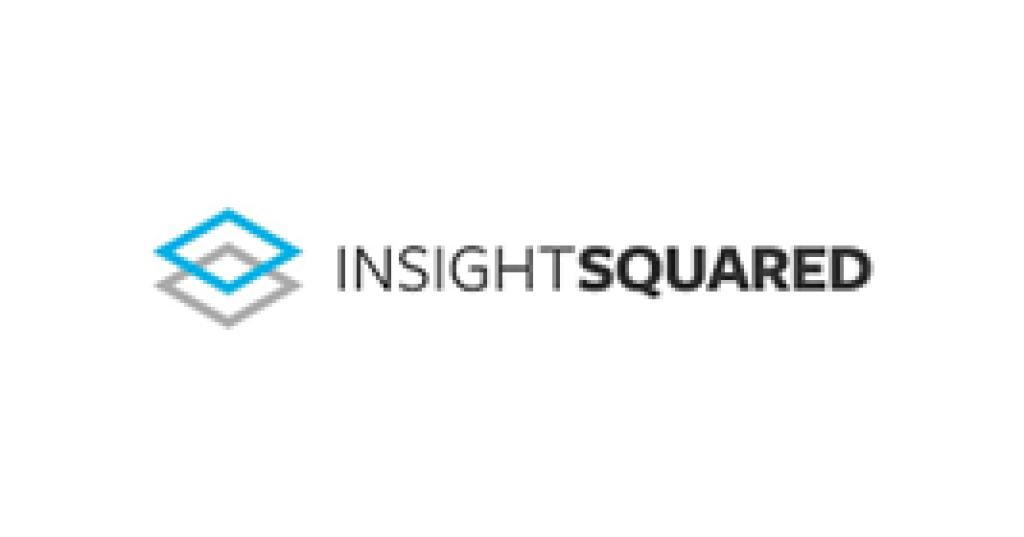
PROS
- Powerful insights – Every department can easily see their KPIs and how well they are performing.
- Easy to use – It has a very intuitive platform and offers plenty of pre-built reports and dashboards.
- Great customer support – InsightSquared has a customer support team that is very efficient and helpful
CONS
- Not real-time – Data can take hours to update on this platform.
- Expensive – InsightSquared’s cost can be quite high for the features that it offers compared to other competitors.
FAQs
Is there an open source alternative to Tableau?
- There are plenty of open-source alternatives to Tableau such as Apache Superset, Metabase, Grafana, Pentaho, Redash, and many more.
Is there a Tableau alternative to Linux?
- There are several Tableau alternatives for Linux such as Grafana, Redash, Pentaho, Plotly, and LinceBI.
Is Tableau replacing Excel?
- Tableau is not an intended replacement for Excel. Excel can perform functions that Tableau cannot and vice versa.
Is Tableau still relevant?
- Yes! Tableau is still a widely used BI tool across majority of companies and organizations.

